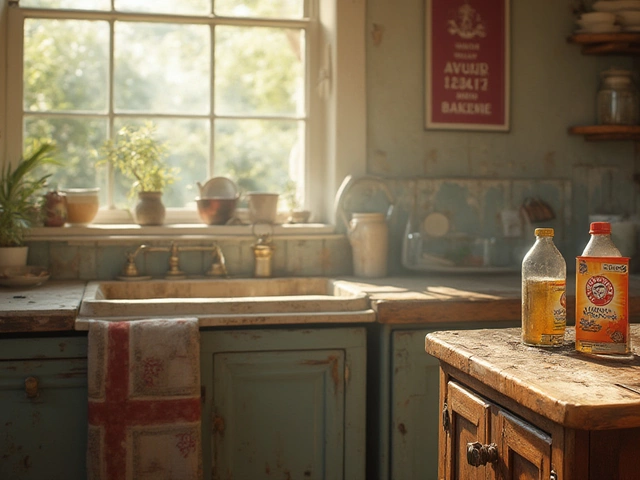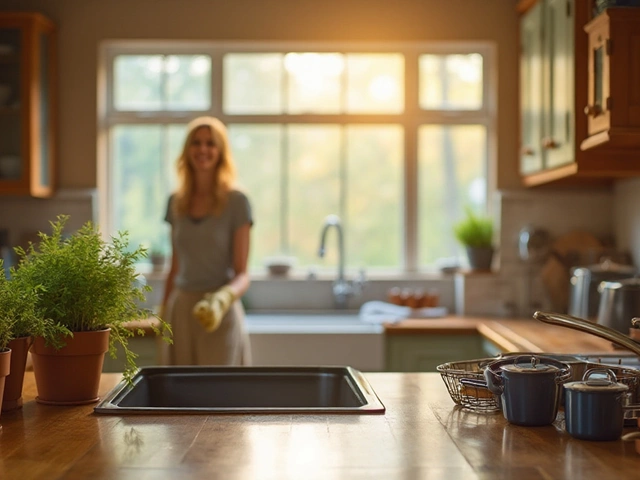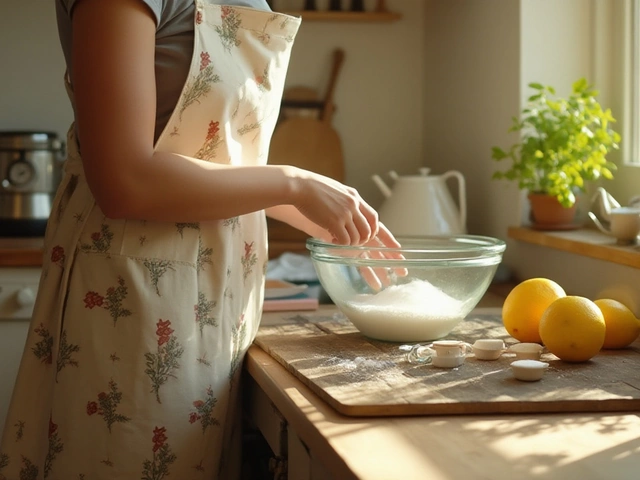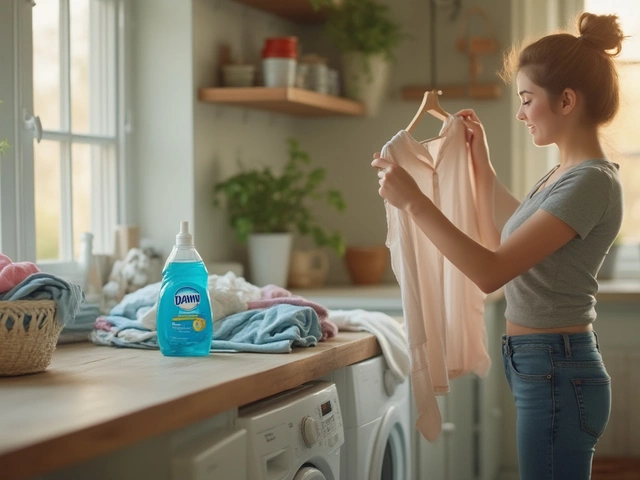Cloudy Window Diagnosis & Cleaning Guide
Identify the type of cloudiness on your windows to get the best cleaning solution and technique.
What type of cloudiness are you experiencing?
What's your window type?
Do you have access to a squeegee?
Your Cleaning Recommendations
Select your cloud type and window type, then click "Diagnose & Get Recommendations" to see personalized cleaning advice.
Essential Tools for Window Cleaning
Microfiber Cloth
High-absorbency fabric that captures dust without leaving lint. Essential for streak-free cleaning.
Squeegee
Rubber-edged tool that pulls liquid away in a single motion. Reduces streaking and speeds up cleaning.
Spray Bottle
For applying cleaning solutions evenly. Preferably with a trigger for even mist distribution.
Rubber Gloves
Protects skin when using acidic or alkaline cleaning mixtures. Always wear when handling chemicals.
What you're seeing are cloudy windows glass that has become hazy from mineral buildup, soap film, or lingering moisture, and the good news is you don’t need a professional to bring back the sparkle.
Getting cloudy windows cleared quickly saves you time and money.
Why does glass turn cloudy?
There are three usual suspects:
- hard water stains tiny mineral crystals left behind when tap water evaporates. They show up as a faint rainbow sheen or a milky film.
- soap film a thin layer of detergent residue that clings to glass after cleaning. It feels slippery and looks like a veil over the pane.
- Condensation that never dries properly, especially in single‑glazed windows or poorly ventilated rooms. The trapped moisture mixes with dust and creates a permanent haze if left unchecked.
In the UK, many homes still use older double‑glazed units that can trap moisture between the panes, making the inner surface look foggy from the inside.
Key Takeaways
- Identify the type of cloudiness before you start - mineral, soap, or condensation.
- Use the right solution: vinegar for mineral deposits, a mild detergent for soap film, and a dry‑cloth finish for condensation.
- Gather a few basic tools - a microfiber cloth a soft, lint‑free fabric that lifts dirt without scratching, a squeegee a rubber‑edged tool that removes liquid in one smooth swipe, and a bucket.
- Follow a systematic, top‑to‑bottom routine to avoid streaks.
- Schedule a quick wipe‑down every month to keep clouds at bay.
DIY Cleaning Solutions
Here are three pantry‑friendly recipes that target each cloud‑causing agent. Mix only what you need; each batch is good for one full window.
1. Vinegar solution - best for hard water
Combine 1 part white vinegar acetic acid, a natural degreaser and mineral dissolver with 2 parts warm water in a spray bottle. Add a teaspoon of dish liquid if the water is very hard.
2. Baking soda paste - tackles stubborn film
Mix 3 tablespoons of baking soda a gentle abrasive that lifts stuck‑on residue with enough water to form a spreadable paste. Apply with a soft sponge, let sit for two minutes, then wipe clean.
3. Diluted ammonia - quick for greasy buildup
Wear gloves and mix 1 cup of water with 1 tablespoon of clear ammonia a strong cleaner that cuts through oily films. Never mix ammonia with bleach.
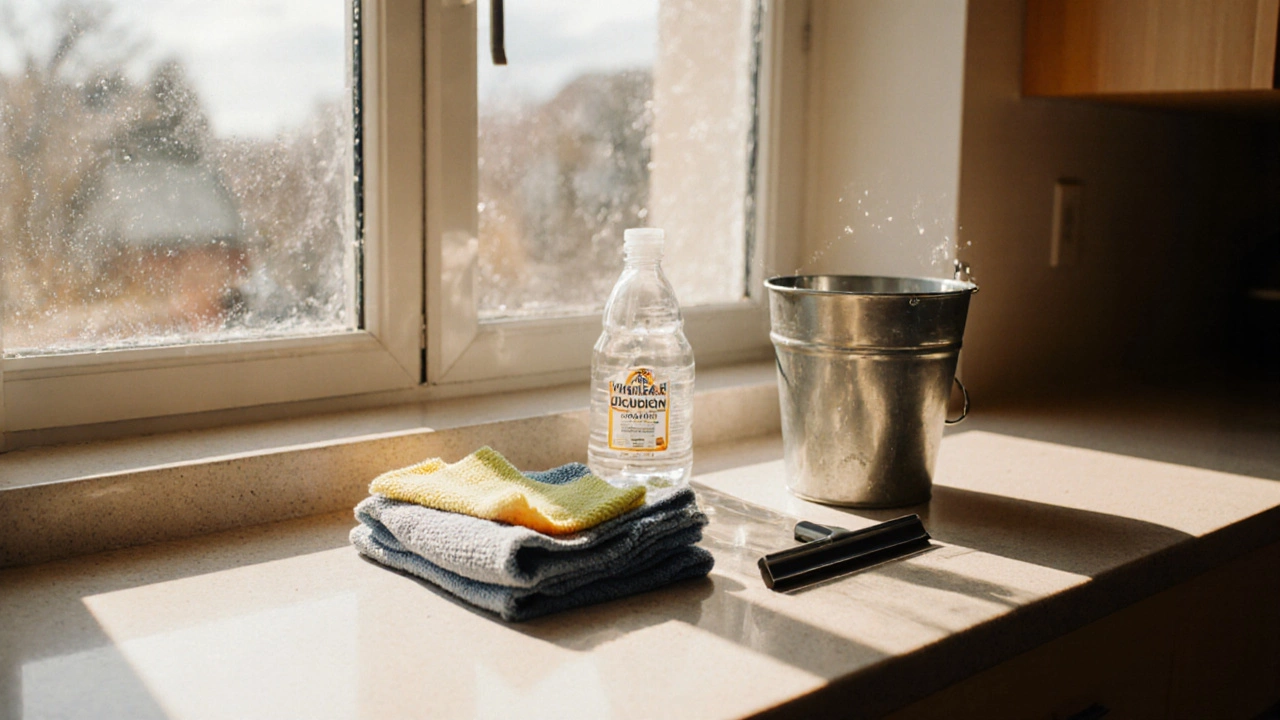
Essential Tools
While you could improvise, using the right tools speeds up the job and prevents streaks.
- Microfiber cloth high‑absorbency fabric that captures dust without leaving lint
- Squeegee rubber‑edged tool that pulls liquid away in a single motion
- Spray bottle - preferably with a trigger for even mist.
- Bucket - for rinsing the cloth and mixing solutions.
- Rubber gloves - protect skin when using acidic or alkaline mixtures.
Step‑by‑Step: Clear Those Cloudy Windows
- Remove loose dust with a dry microfiber cloth. A quick swipe prevents scratches.
- Spray your chosen solution generously onto the glass. For mineral spots, use the vinegar mix; for soap film, apply the baking soda paste; for greasy residue, go with the ammonia blend.
- Let the solution sit for 30‑60 seconds. The chemicals need time to break down the deposits.
- Using a fresh, damp microfiber cloth, scrub in circular motions. Pay extra attention to the lower corners where rainwater often pools.
- Take the squeegee and start at the top corner. Pull the blade straight down, wiping the blade with a dry cloth after each pass. Overlap each stroke by about an inch to avoid lines.
- Wipe the edges with a dry microfiber cloth to catch any drips.
- Step back and inspect from different angles. If a faint haze remains, repeat the process on that spot only.
Dealing with Stubborn Stains
Sometimes mineral deposits harden into a crust that won’t budge. Try the following “hard‑core” method:
- Make a 1:1 mix of vinegar and baking soda. The fizz helps lift the scale.
- Apply the fizzy paste with a soft brush, let it foam for a minute, then scrub gently.
- Rinse thoroughly with clean water and finish with the squeegee.
If the haze is actually condensation trapped between double‑glazed panes, cleaning the outer surface won’t help. In that case, consider a professional defogging service or replace the seal if the unit is old.
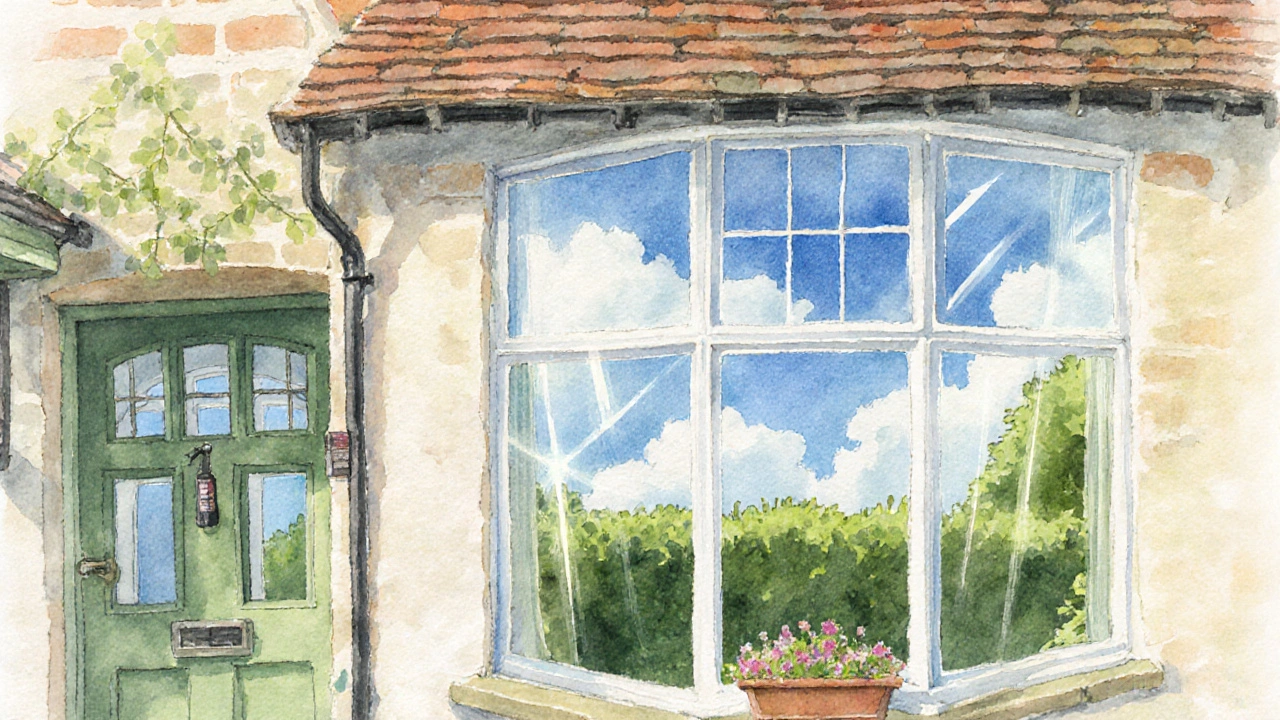
Maintenance - Keep Them Crystal Clear
Prevention beats cure every time. Here’s a low‑effort routine:
- Wipe windows monthly with a dry microfiber cloth; this removes dust that would otherwise combine with moisture.
- During rainy seasons, spray a thin coat of diluted vinegar on the exterior once a month - it discourages mineral buildup.
- Use a rain‑repellent spray (silicone‑based) on the exterior if you live in a coastal area; it creates a protective film that beads water off.
- Check bathroom and kitchen exhaust fans. Good ventilation reduces indoor condensation that can eventually seep into frames.
Comparison of Popular Window Cleaning Methods
| Method | Cost (UK) | Effectiveness on hard water | Safety (indoors) | Time required |
|---|---|---|---|---|
| Vinegar solution | £0.30 per litre | High | Low (non‑toxic) | 10‑15min |
| Baking soda paste | £0.20 per 100g | Medium | Low | 12‑18min |
| Ammonia blend | £0.50 per litre | High | Medium (use gloves, ventilate) | 8‑12min |
| Commercial glass cleaner | £1.20 per 500ml | Medium | Low (most are alcohol‑based) | 5‑10min |
For most UK homes, the vinegar‑water mix gives the best bang‑for‑buck while staying safe for kids and pets.
Next Steps & Troubleshooting
If you followed the steps and still see a haze, double‑check which cloud type you’re dealing with.
- Mineral‑only haze: Try a second vinegar soak, then rinse well.
- Soap film: Rinse the pane with plain water before the next application; residue can build up if you skip the rinse.
- Condensation between panes: No DIY fix; arrange for a professional to replace the seal or the whole unit.
Remember, regular light cleaning beats a massive weekend battle. Keep a small spray bottle of diluted vinegar handy - a quick mist and wipe can stop cloudiness before it spreads.
Frequently Asked Questions
Can I use newspaper to clean my windows?
Newspaper used to be a popular choice, but modern inks can leave a faint residue, especially on darker glass. A clean microfiber cloth is safer and gives a streak‑free finish.
Why do my windows look cloudy only in the morning?
Morning cloudiness often comes from overnight condensation that settles on a cooler pane. Wipe the interior glass with a dry microfiber cloth before the sun hits; the heat will evaporate the moisture.
Is it safe to mix vinegar and bleach?
Never mix vinegar with bleach. The reaction creates chlorine gas, which is hazardous even in small amounts.
How often should I clean my double‑glazed windows?
A quick dry wipe every month keeps dust off, and a deeper clean with the vinegar solution twice a year prevents mineral buildup.
Can hard water stains be removed without chemicals?
Yes. A paste of baking soda and a little water works as a mild abrasive. Let it sit a minute, then scrub gently and rinse.
